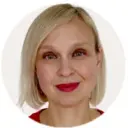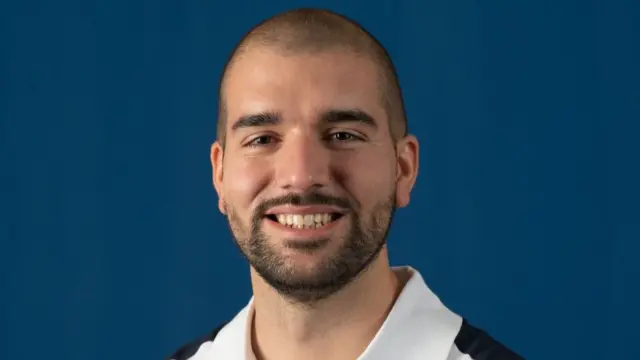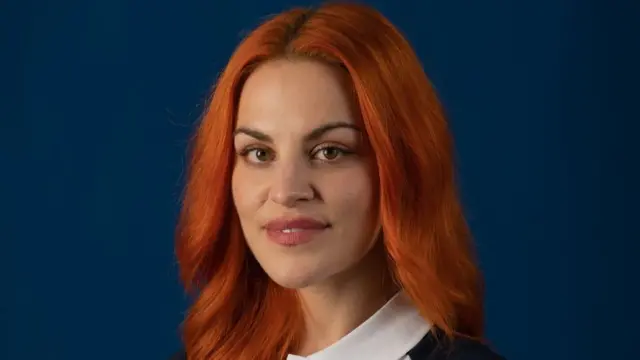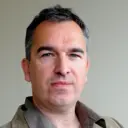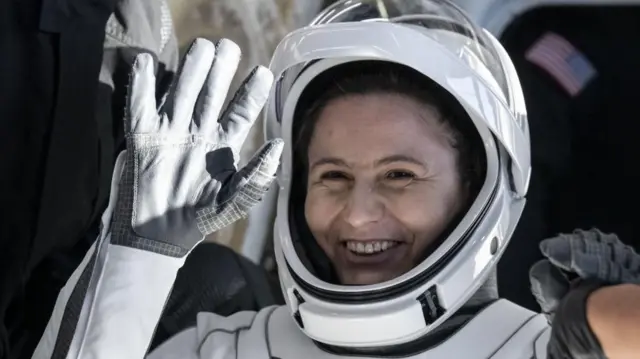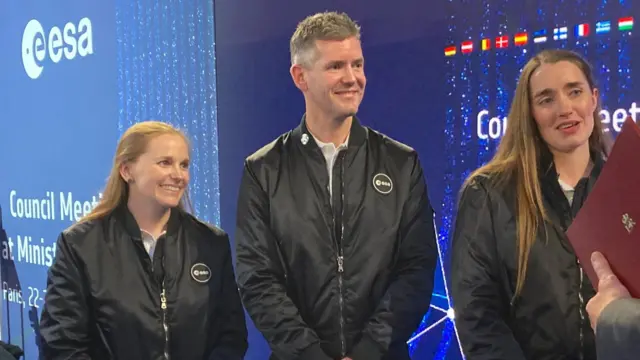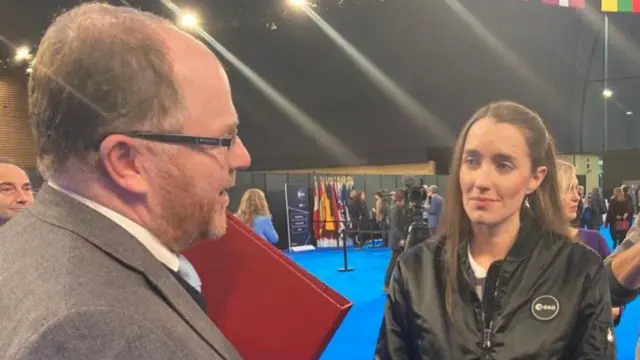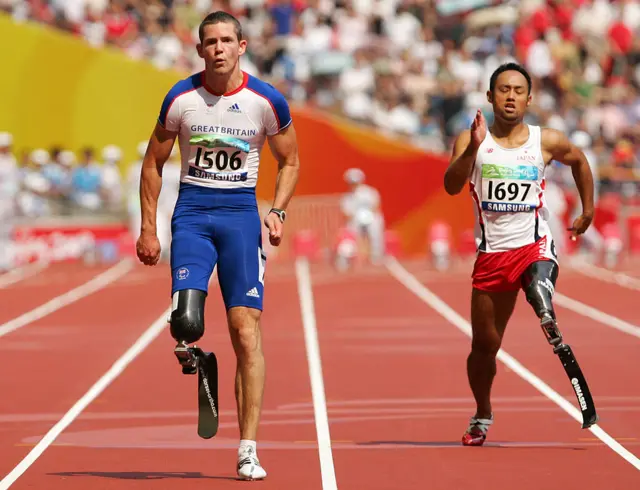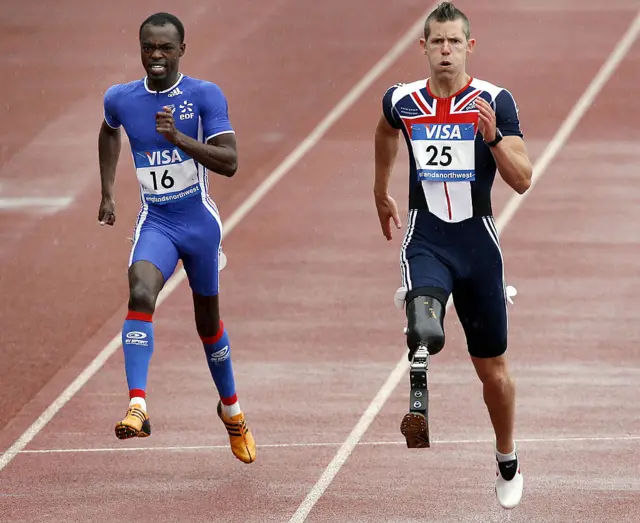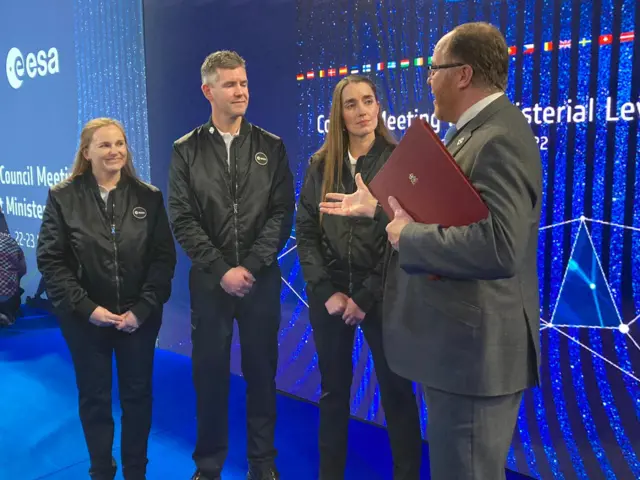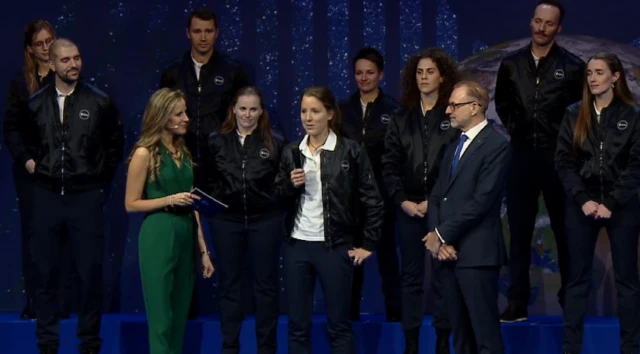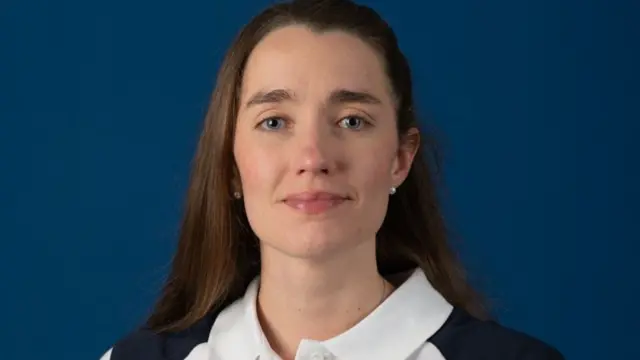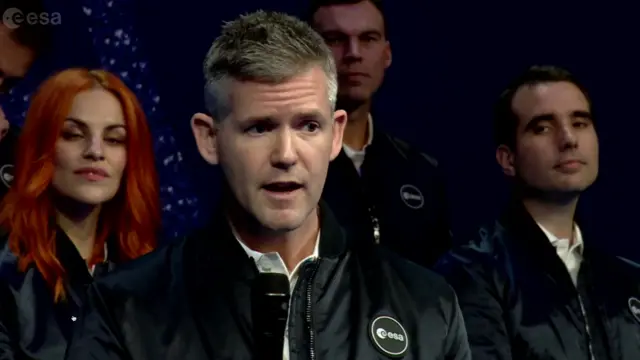What happened today?published at 17:56 GMT 23 November 2022
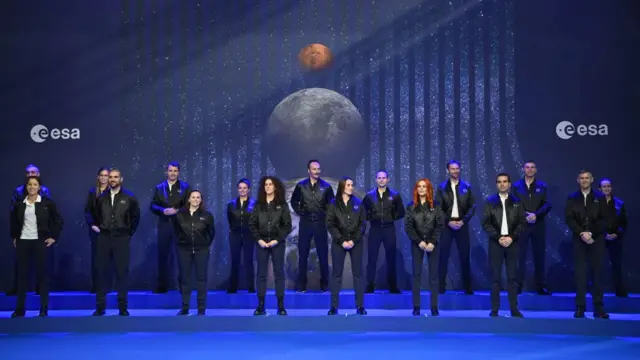 Image source, Getty Images
Image source, Getty ImagesWe're wrapping up our coverage now, thanks for joining us.
Here's a round-up of what's been happening in Paris:
- British Paralympic sprinter John McFall has been chosen as the first disabled astronaut by the European Space Agency
- McFall, 41, joined 16 men and women selected for Esa's first new class of astronauts in 13 years
- McFall's leg was amputated after a motorcycle crash when he was 19. He became a professional athlete and represented the UK at the 2008 Paralympics in Beijing
- The announcement does not mean McFall is guaranteed to go into orbit, but he will be part of a feasibility programme to see what the requirements would be for that to be possible
- Another British woman, Rosemary Coogan, was selected as a career astronaut
- The other career astronauts include Sophie Adenot, from France, Pablo Álvarez Fernández from Spain, Raphaël Liégeois, from Belgium, and Marco Sieber, from Switzerland
Today's writers were Malu Cursino, George Wright and Chris Giles.
You can get more on today's announcement here.
